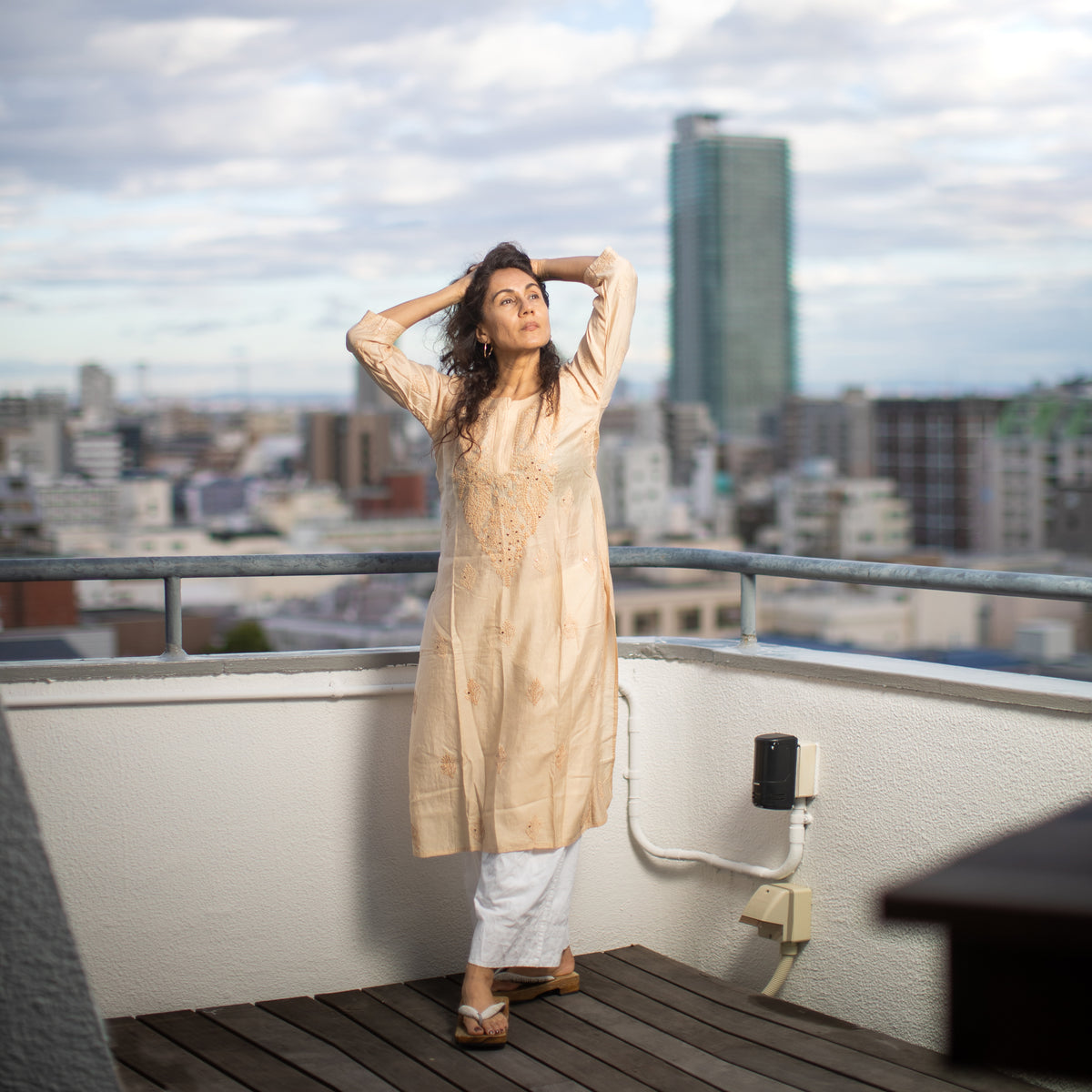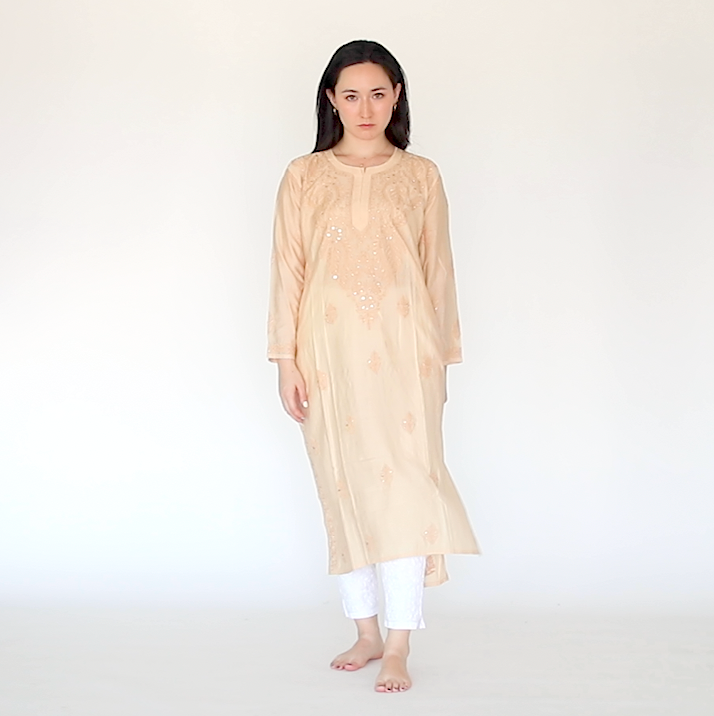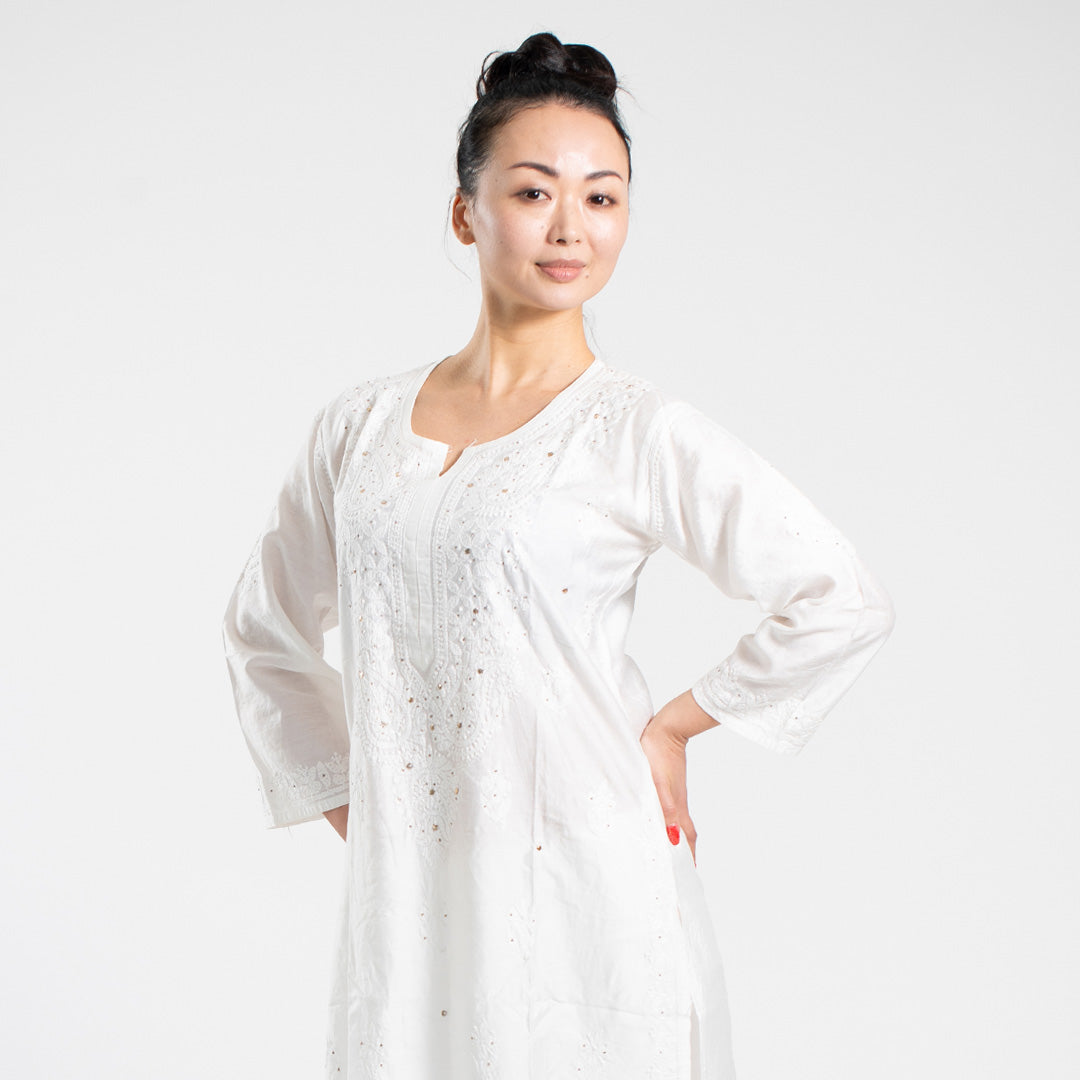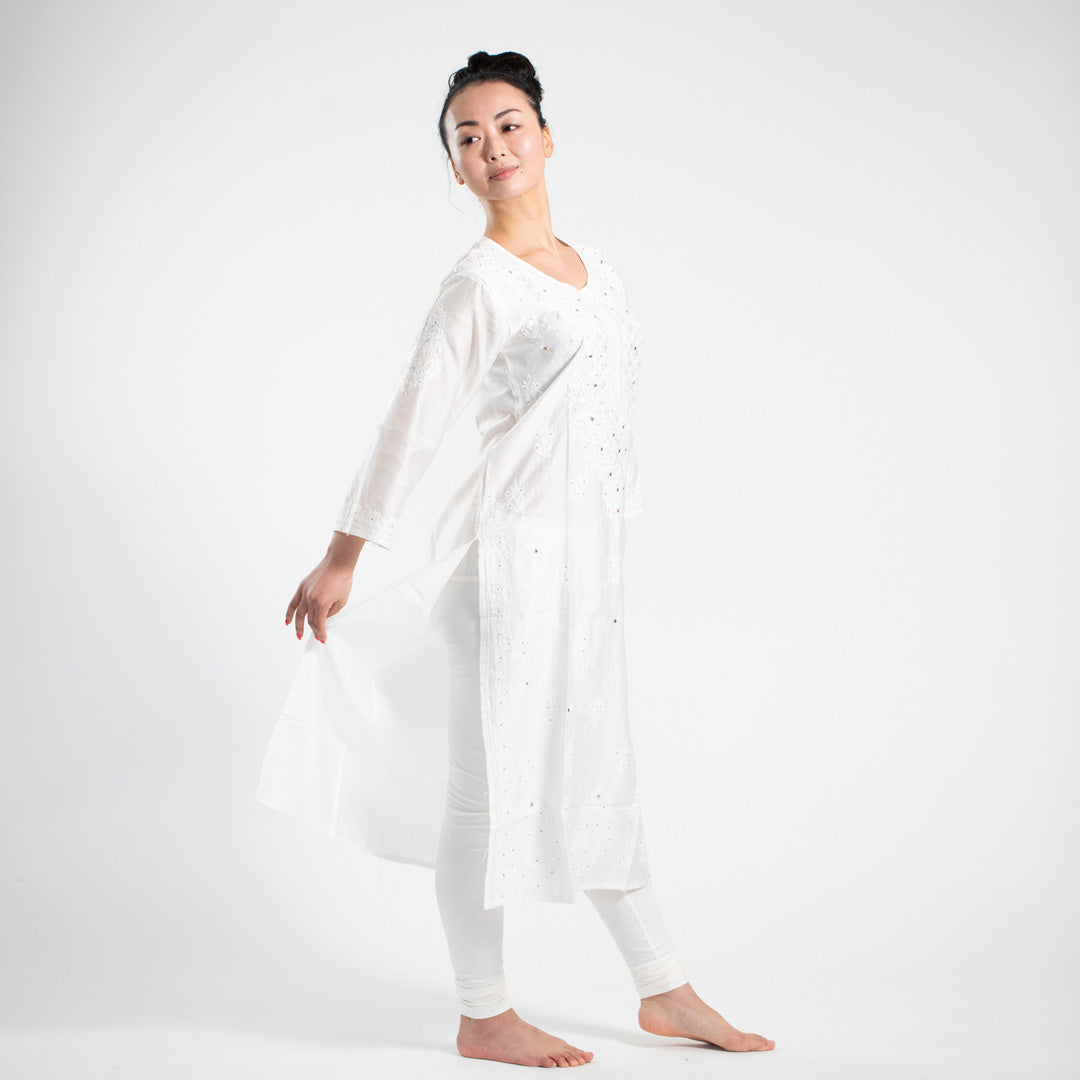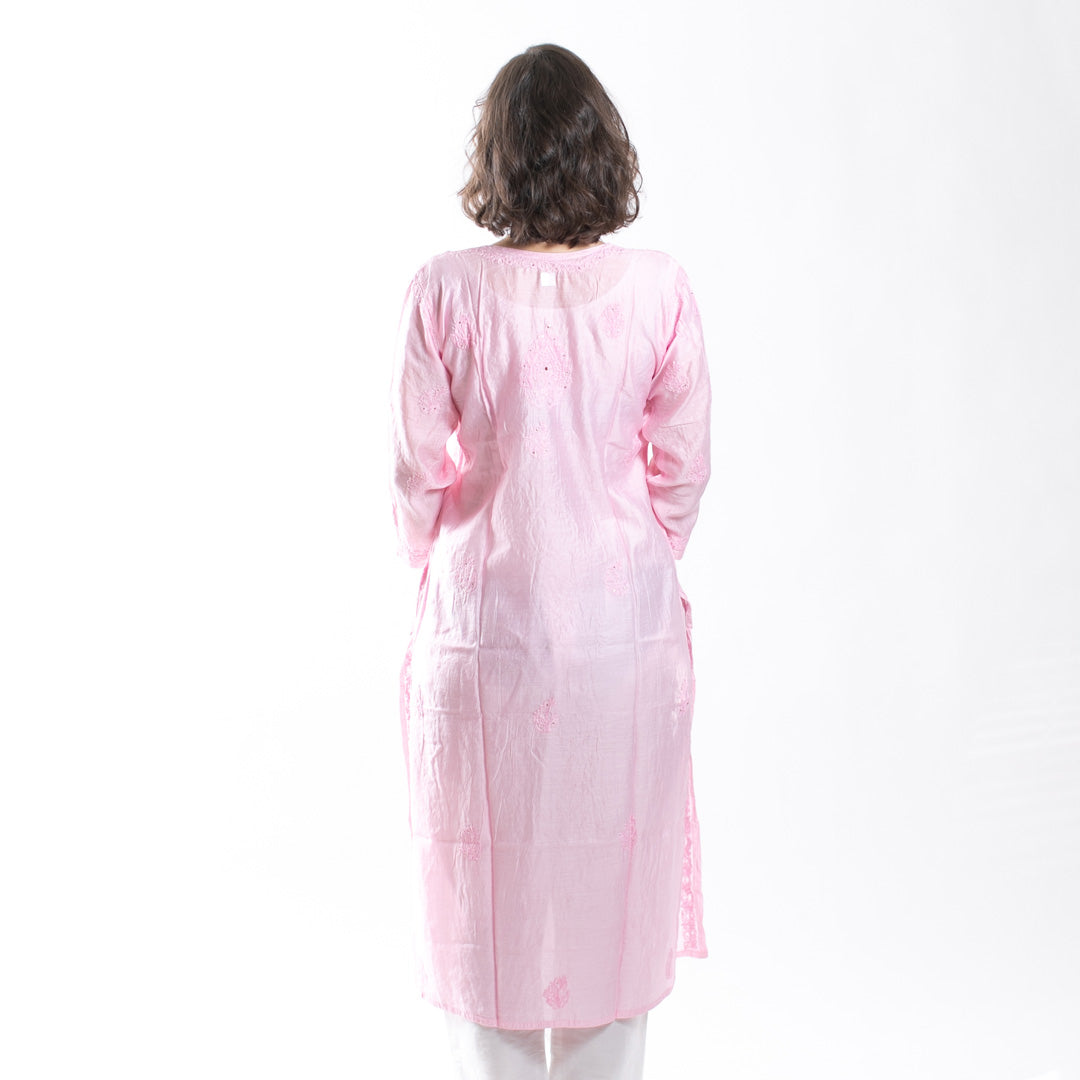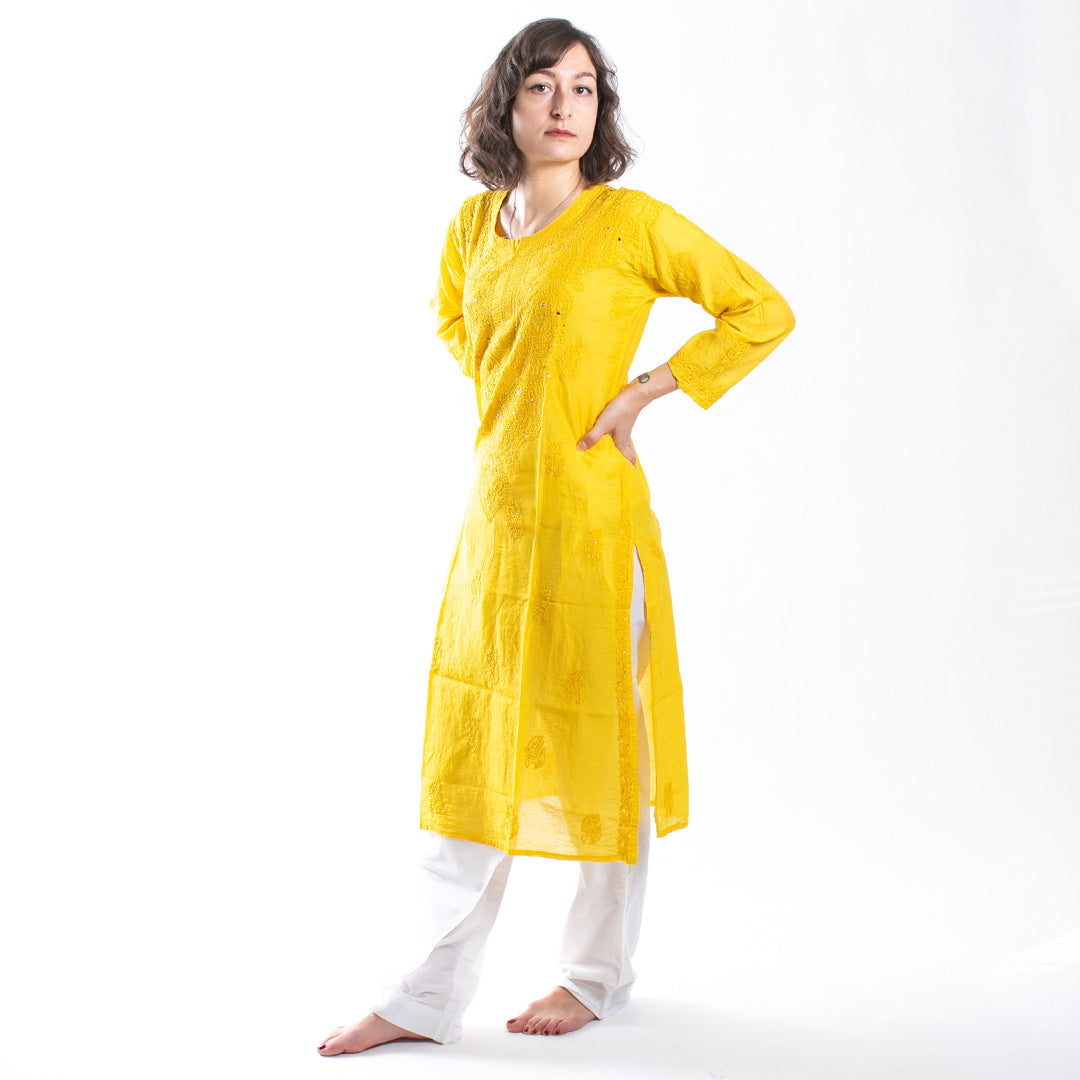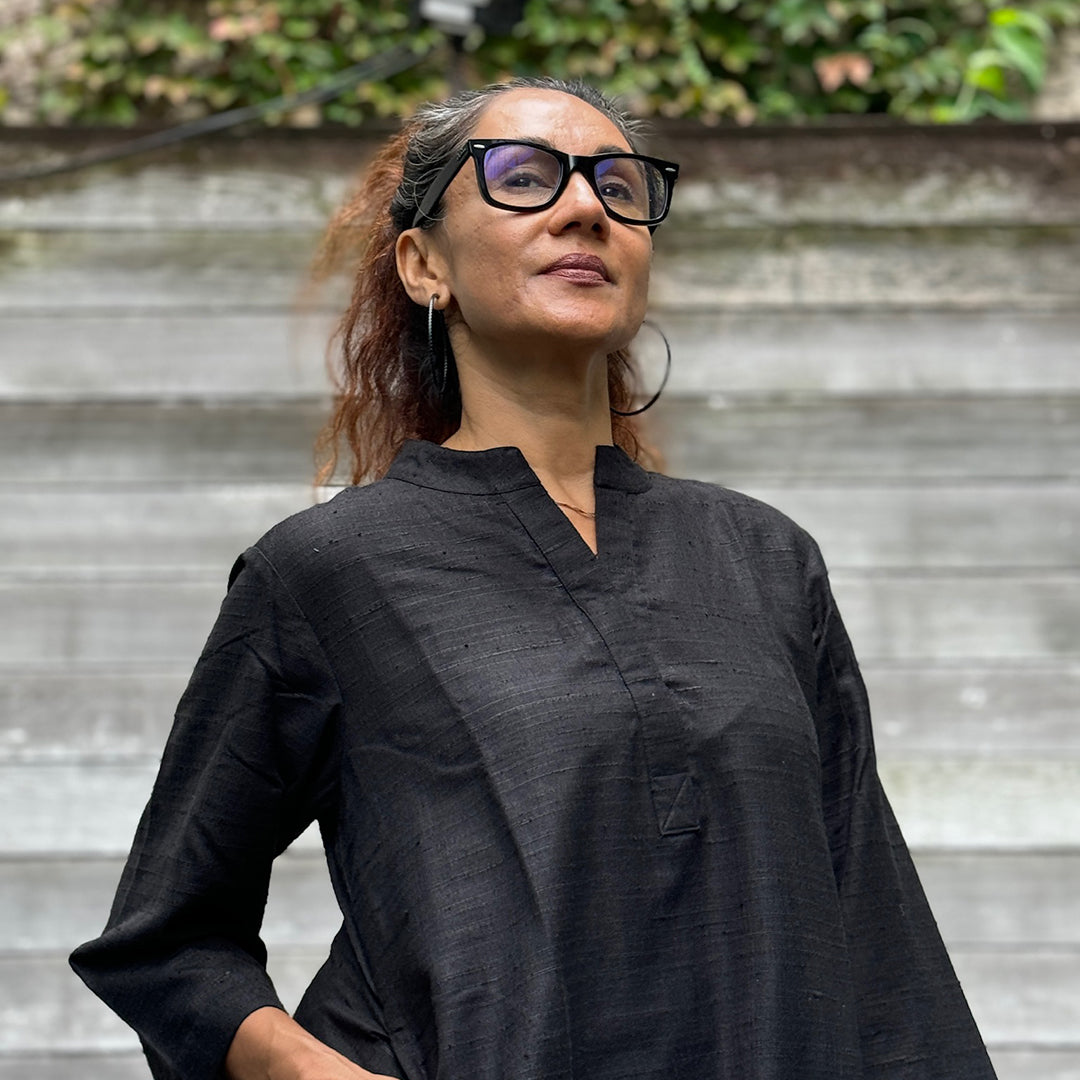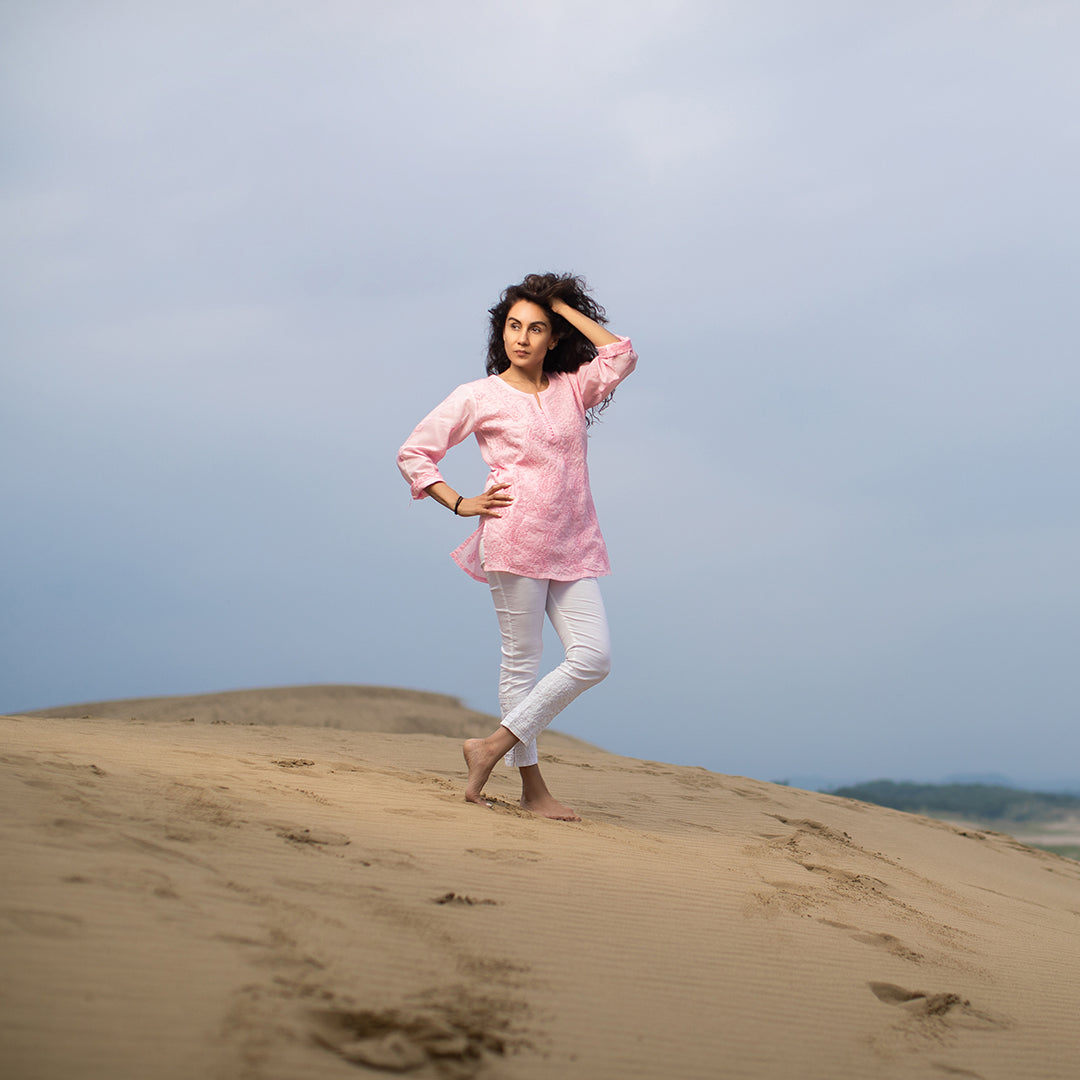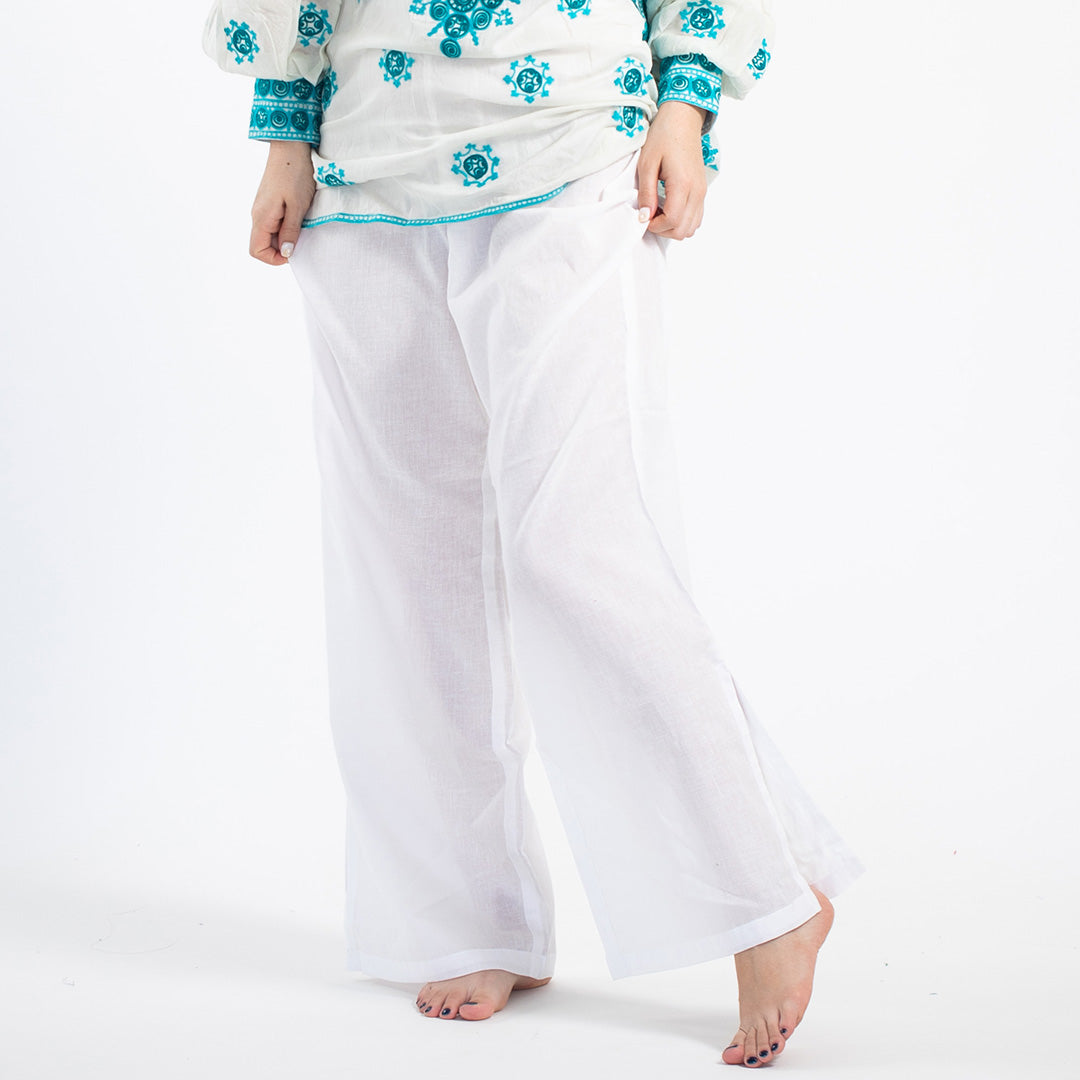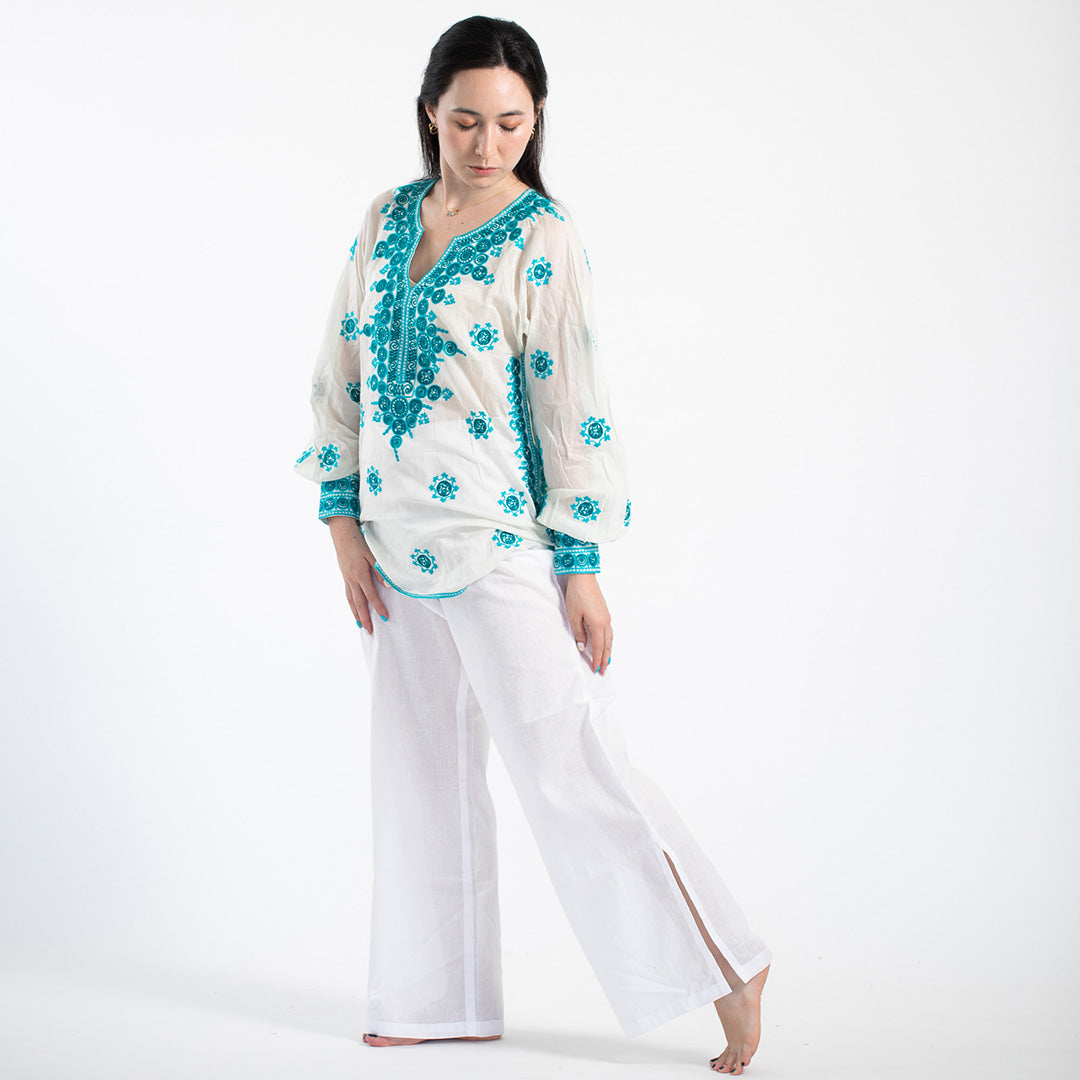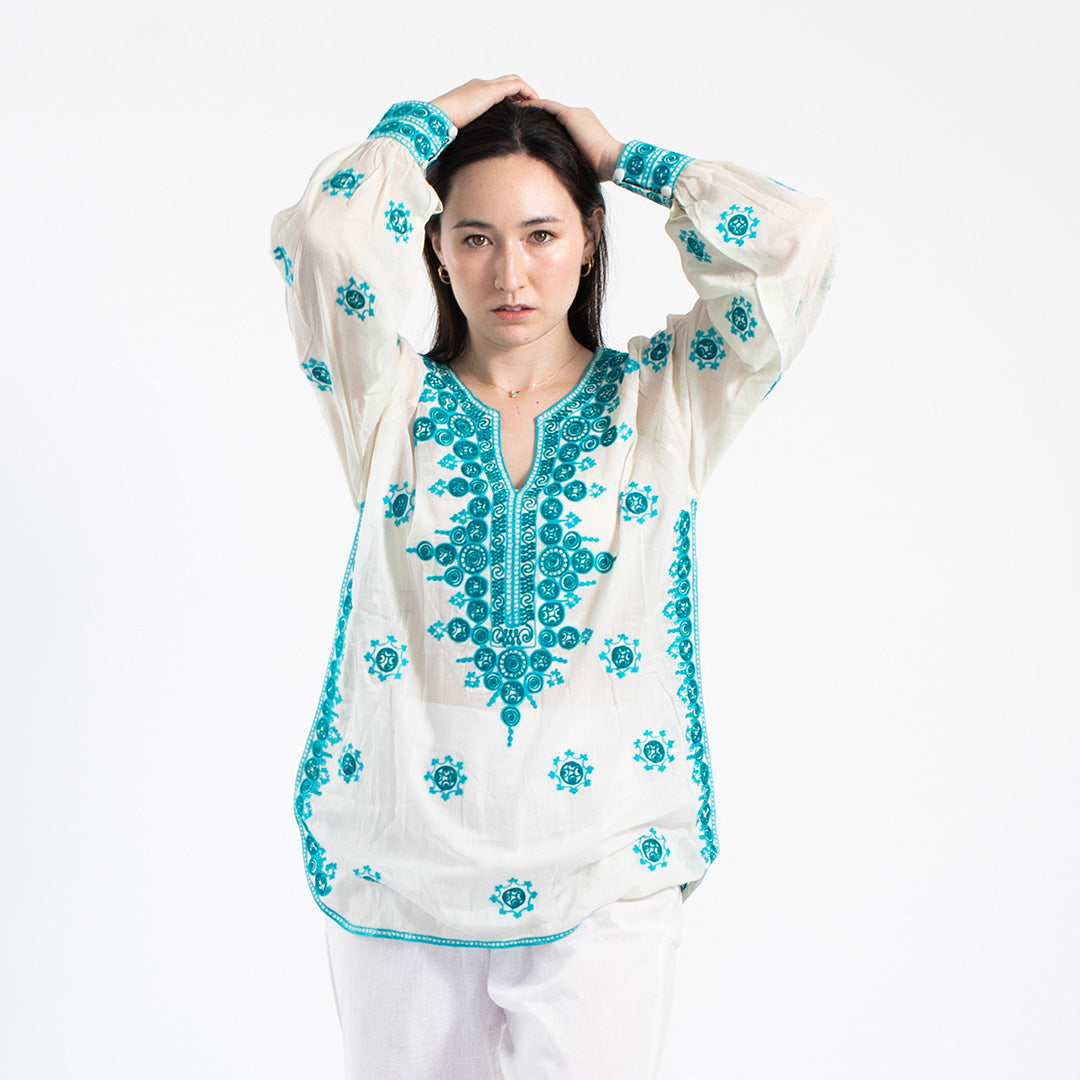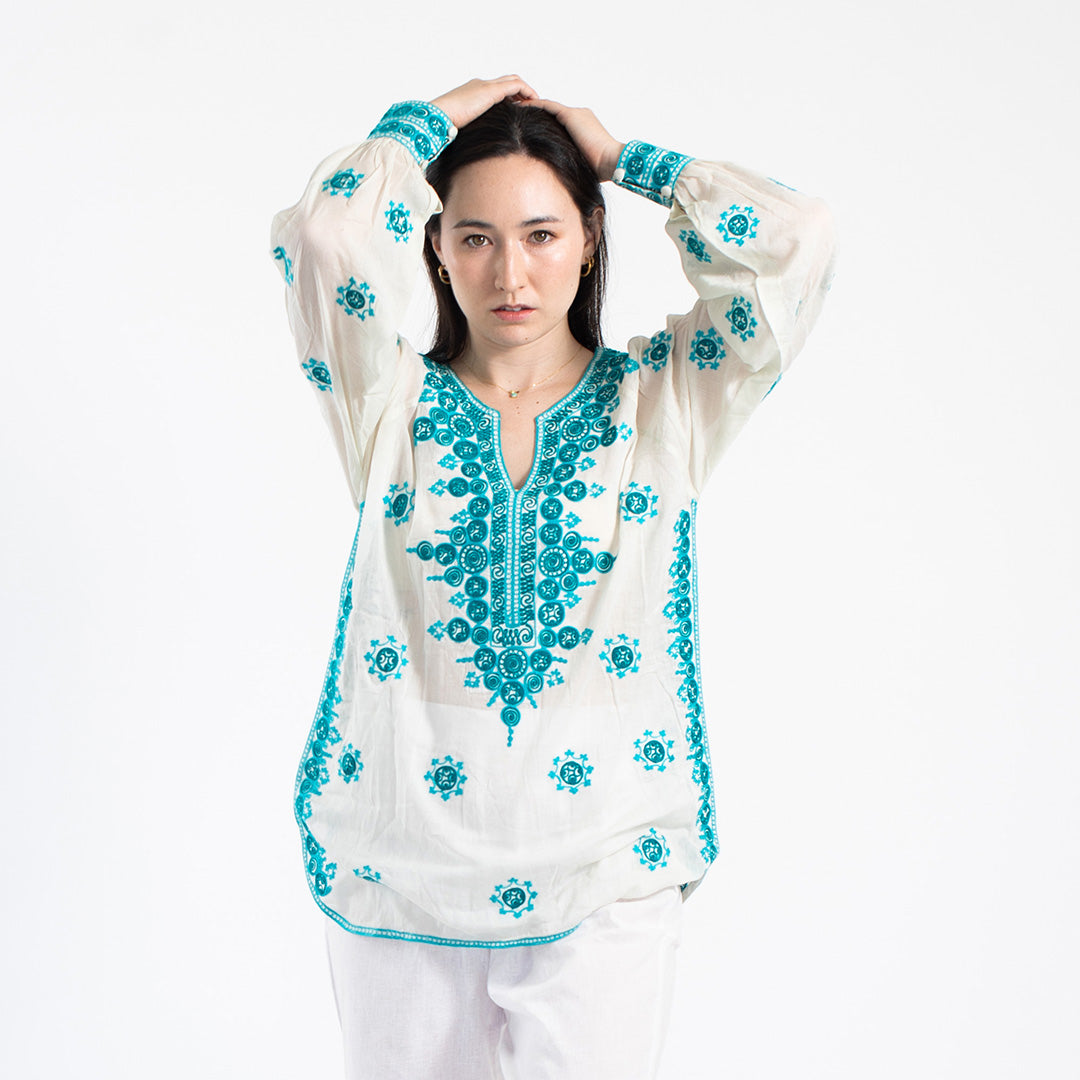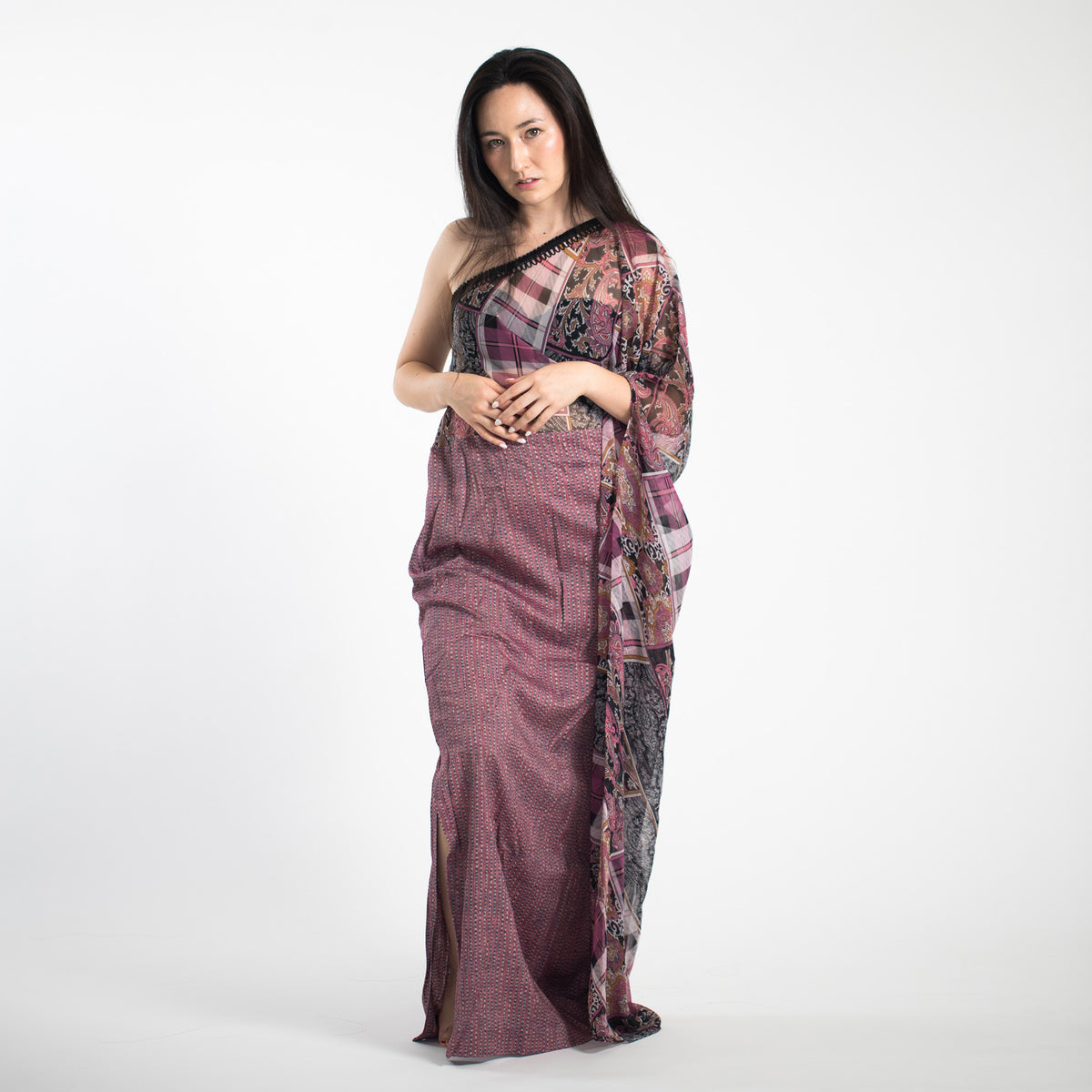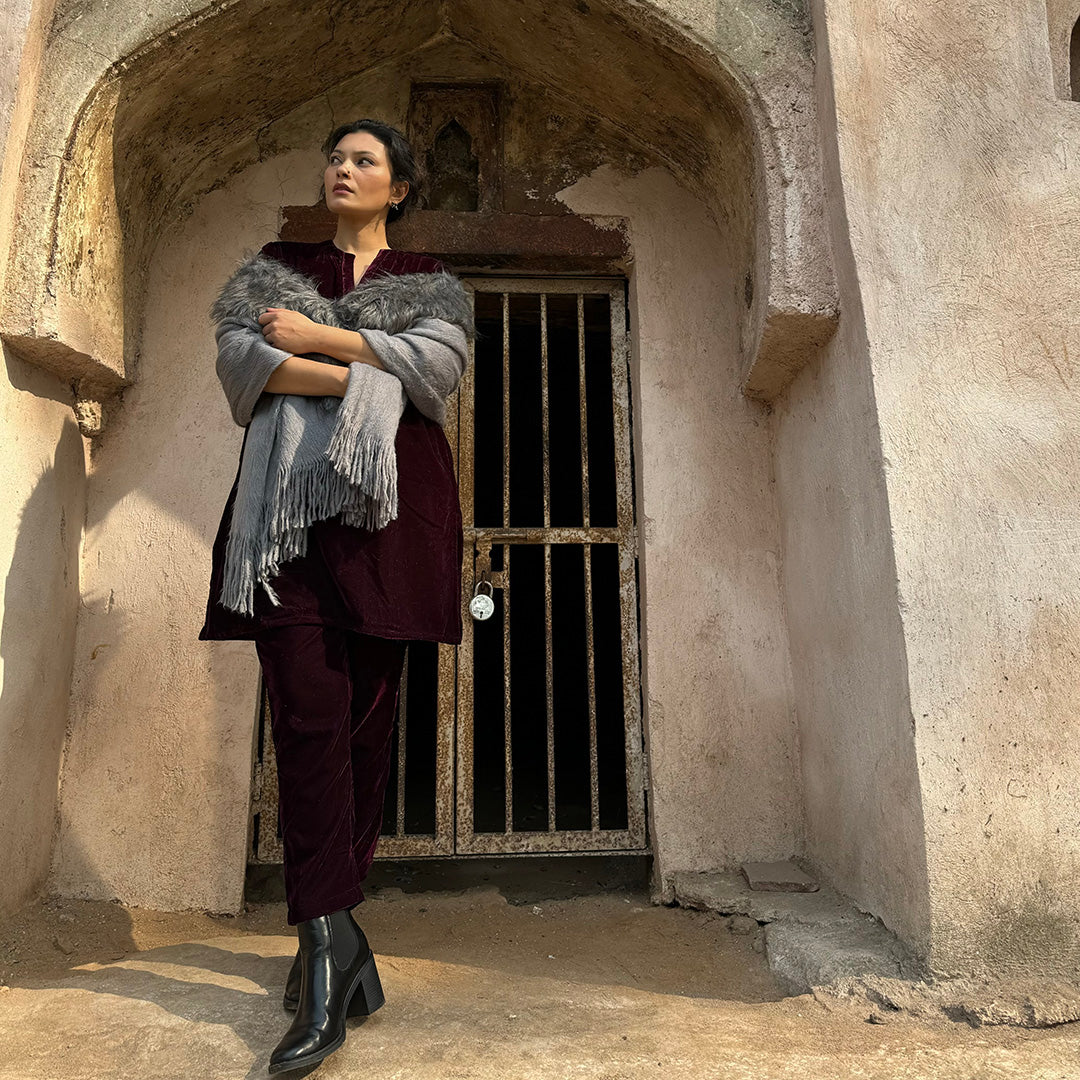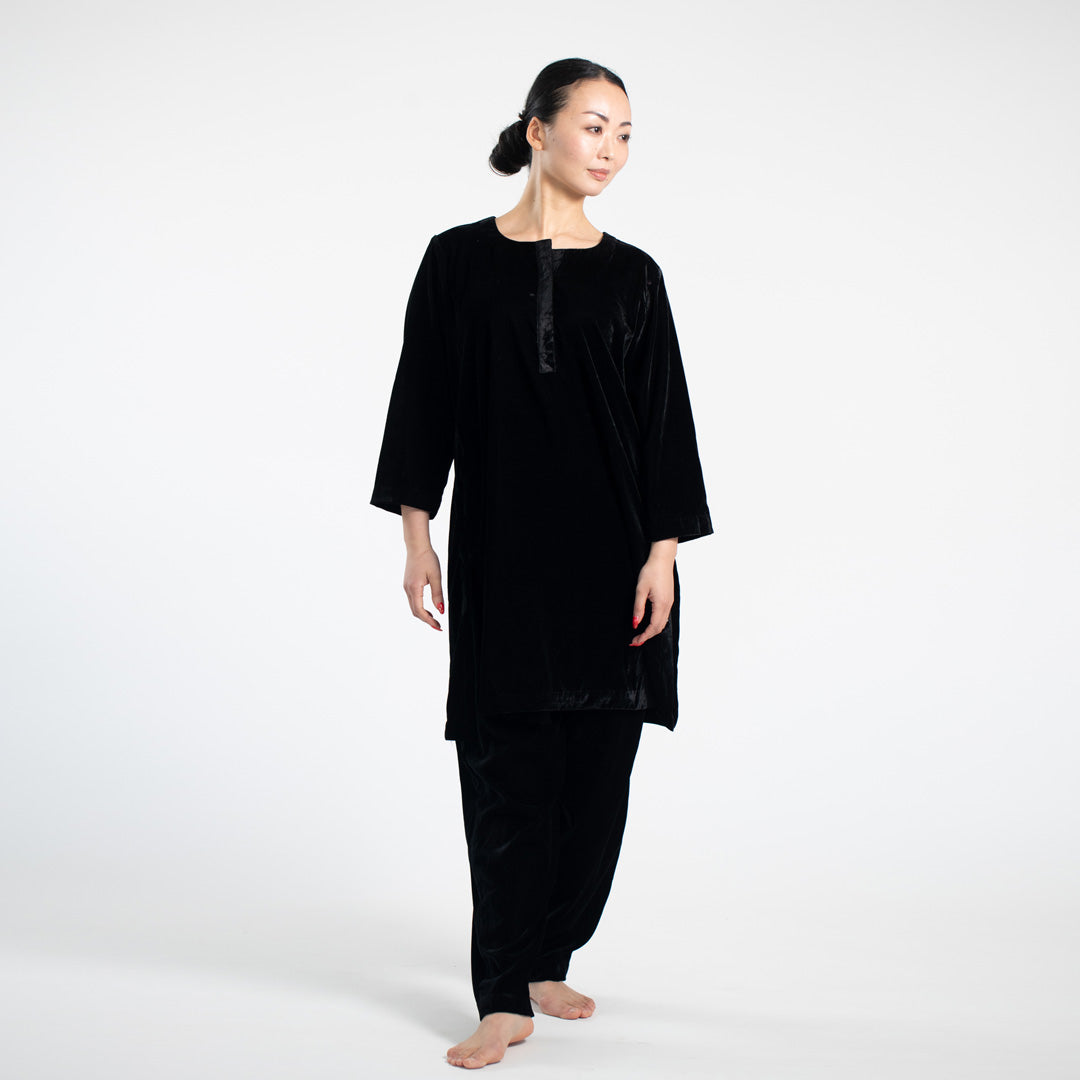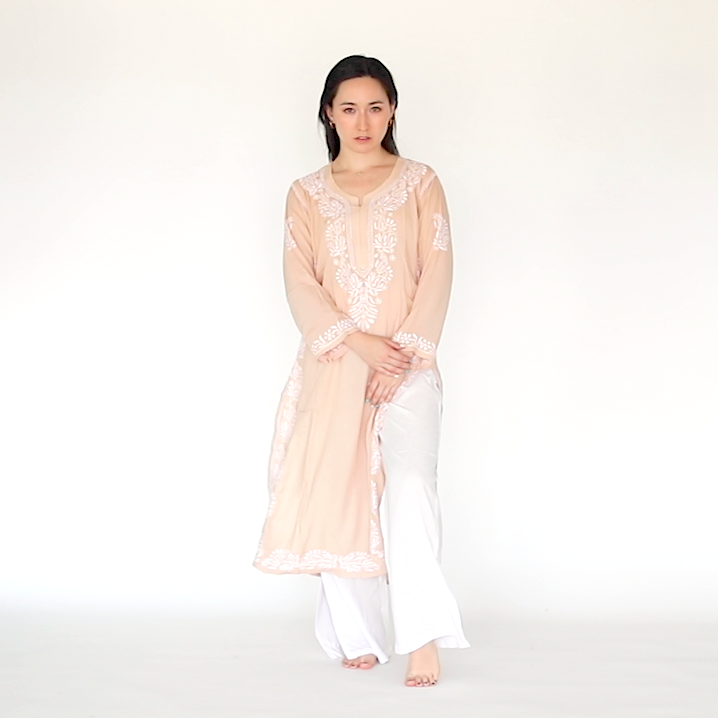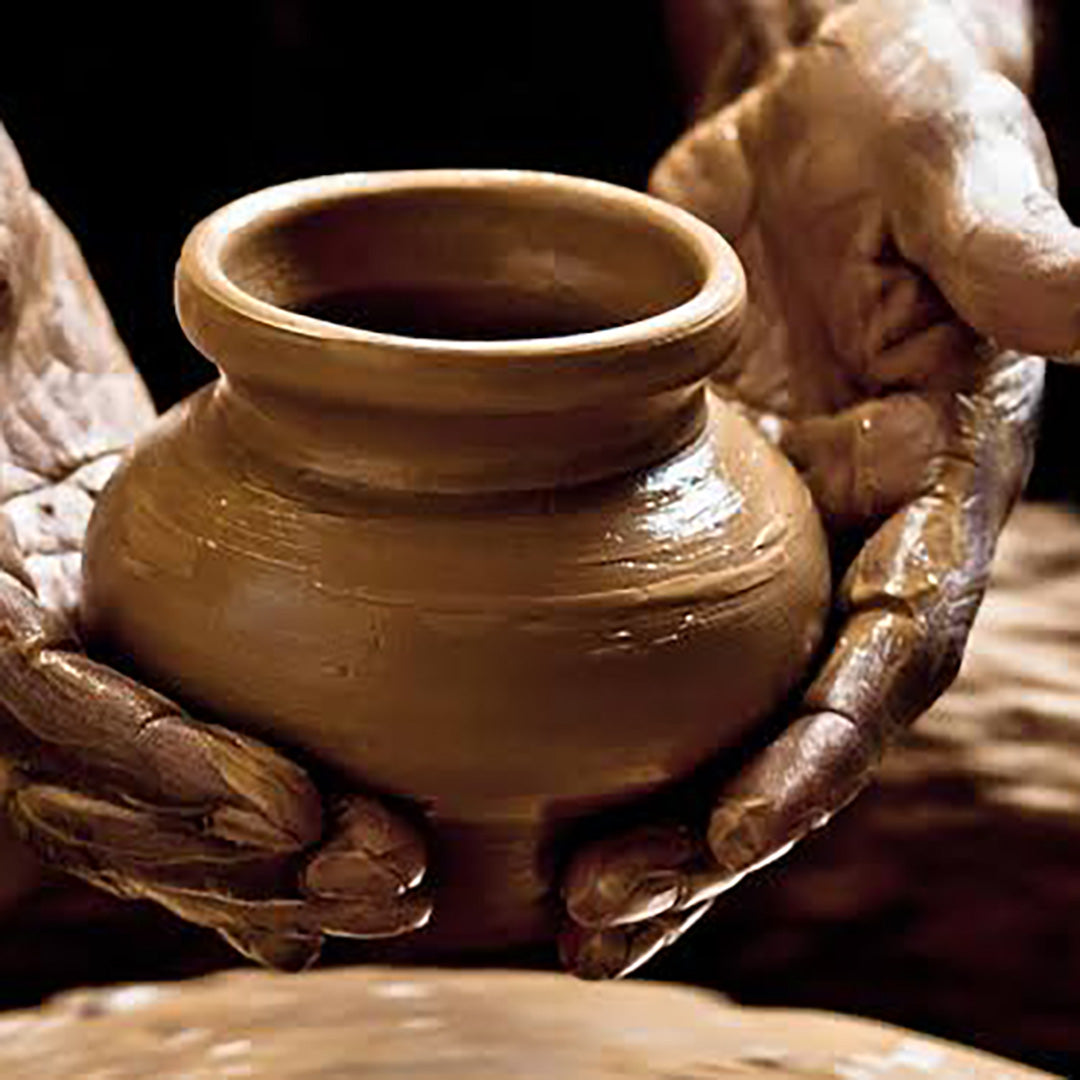In the complex tapestry of India's cultural heritage, silk stands out as a thread woven with history, luxury and tradition. Its origins date back to ancient times, possibly as early as the Indus Valley Civilization. The importance of Indian silk expanded along the Silk Road trade route, where its exquisite quality earned it a favour amongst global traders. 
Vast and diverse, India is a treasure trove of different varieties of silk. Indian silk is known for its exquisite beauty and splendor, its silky smoothness, lustrous appearance and undeniable charm. Since ancient times, silk has enchanted everyone, especially women, with its enduring charm and graceful elegance.
The diverse varieties of Indian silk showcase the country's rich textile heritage.
The most widespread is the Mulberry silk variety, which comes from forest silkworms. Tasar silk adds a unique touch with its natural golden hue and rich texture from the Antheraea moth, while Muga silk, found exclusively in Assam, boasts durability and an alluring golden sheen. Eri silk, also known as Ahimsa silk, stands out for being produced without cruelty. 
India takes pride in being the world's second largest producer of natural silk after China and holds the honour of being the only country in the world that can cultivate and harvest every type of natural silk known to mankind.
Silk production is a meticulous process, right from rearing the silkworms to harvesting the cocoons to extracting the silk. Traditional weaving techniques such as Jamdani, Banarasi, Kanjeevaram and Patola infuse Indian silk with a distinct regional flavour, each telling a tale of craftsmanship and artistry. 
Culturally, silk plays a vital role in Indian weddings, festivals and traditional attire. As a symbol of prosperity, elegance and tradition, it has become a much-loved fabric across the country. Different regions, such as Kanjeevaram silk in Tamil Nadu and Banarasi silk in Uttar Pradesh, offer their own unique silk traditions, showcasing the diversity of India's silk heritage. 
Even today, Indian silk continues to captivate the global fashion scene, with designers across the globe incorporating traditional Indian silk fabrics into their contemporary collections, fusing tradition with innovation.
Finally, the journey of Indian silk… From its ancient origins to the present day, Indian silk continues to weave its way through the ages. 
The Silk Route
In the intricate tapestry of India's cultural heritage, silk stands out as a thread woven with history, luxury, and tradition. Its origins trace back to ancient times, possibly as early as the Indus Valley Civilization. Indian silk's significance expanded along the Silk Road trade routes, gaining favor among global traders for its exquisite quality.
The vast and diverse expanse of India is a treasure trove of various silk types. Indian silk, with its exquisite beauty and splendor, is celebrated for its silky smoothness, radiant appearance, and undeniable charm. Since ancient times, silk has held a mesmerizing appeal for everyone, especially among women, drawing them in with its enduring allure and graceful elegance.
Diverse varieties of Indian silk showcase the country's rich textile legacy. Mulberry silk, derived from the mori silkworm, reigns as the most prevalent type. Tasar silk, with its natural gold hue and rich texture from the Antheraea moth, adds a unique touch. Meanwhile , Muga silk, exclusive to Assam, boasts durability and a captivating golden sheen. Eri silk, also known as Ahimsa silk, sets itself apart for its cruelty-free production.
India, standing proudly as the world's second-largest natural silk producer following China, holds the distinguished honor of being the sole nation globally capable of nurturing and harvesting every type of natural silk known to mankind.
Silk production involves a meticulous process, from silkworm rearing to cocoon harvesting and silk extraction. Traditional weaving techniques like Jamdani, Banarasi, Kanjeevaram, and Patola imbue Indian silk with distinct regional flavors, each telling a story of craftsmanship and artistry.
Culturally, silk plays a pivotal role in Indian weddings, festivals, and traditional attire. Its symbolism of prosperity, elegance, and tradition makes it a cherished fabric nationwide. Various regions contribute their unique silk traditions, such as Kanjeevaram silk from Tamil Nadu or Banarasi silk from Uttar Pradesh, showcasing the diversity within India's silk heritage.
In contemporary times, Indian silk to captivate the global fashion scene. Designers worldwide incorporate traditional Indian silk fabrics into modern collections, blending heritage continues with innovation. In conclusion, Indian silk's journey—from ancient origins to modern-day adaptation.




